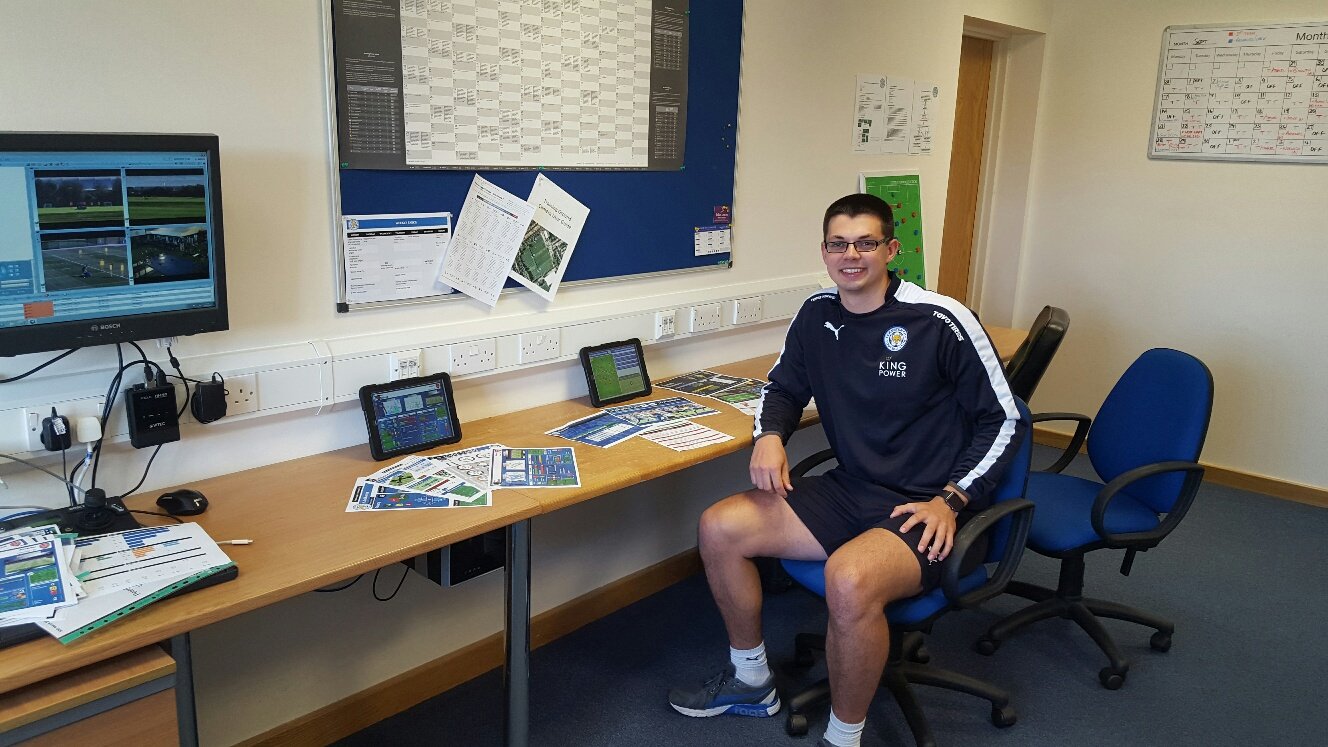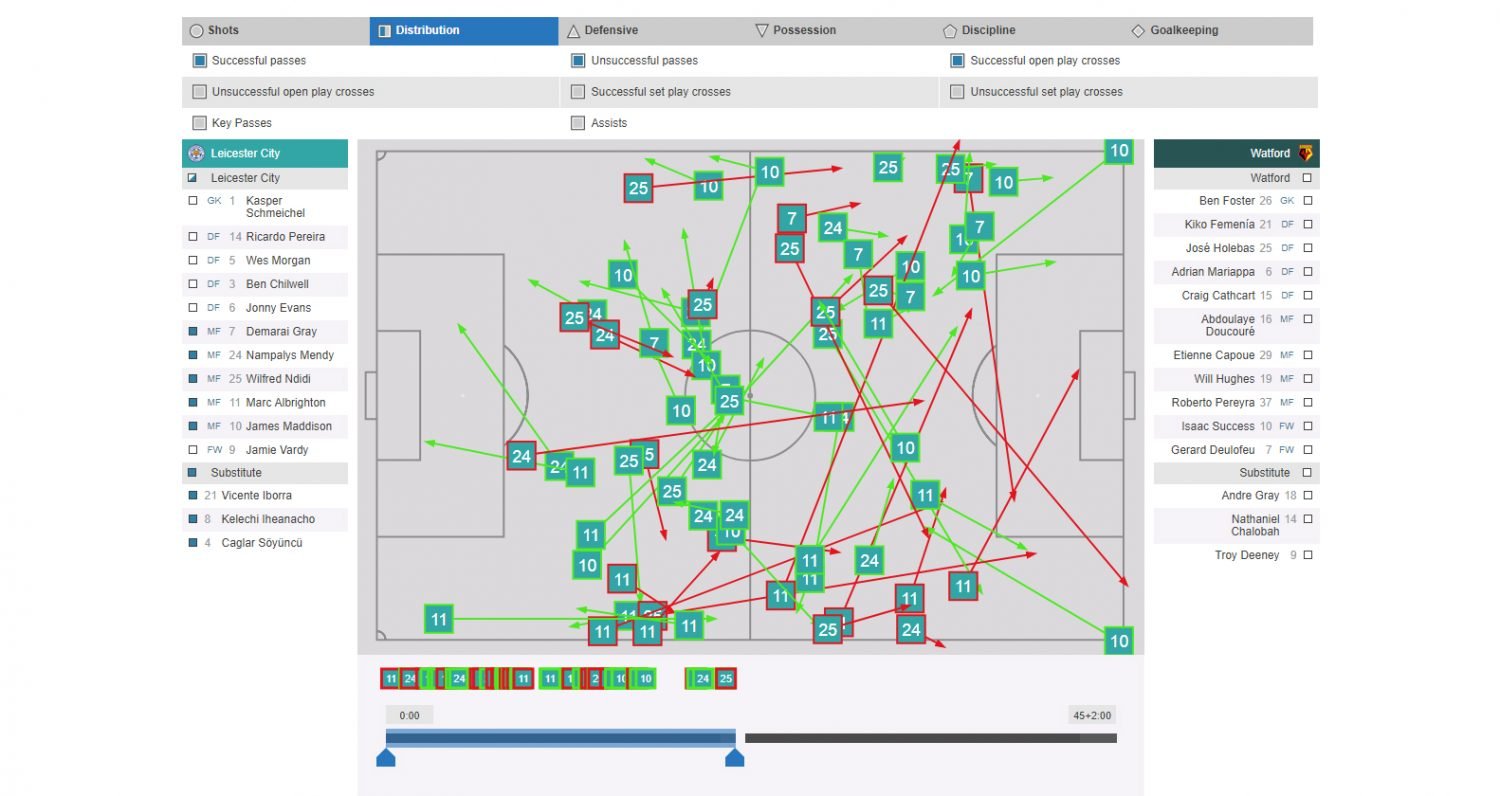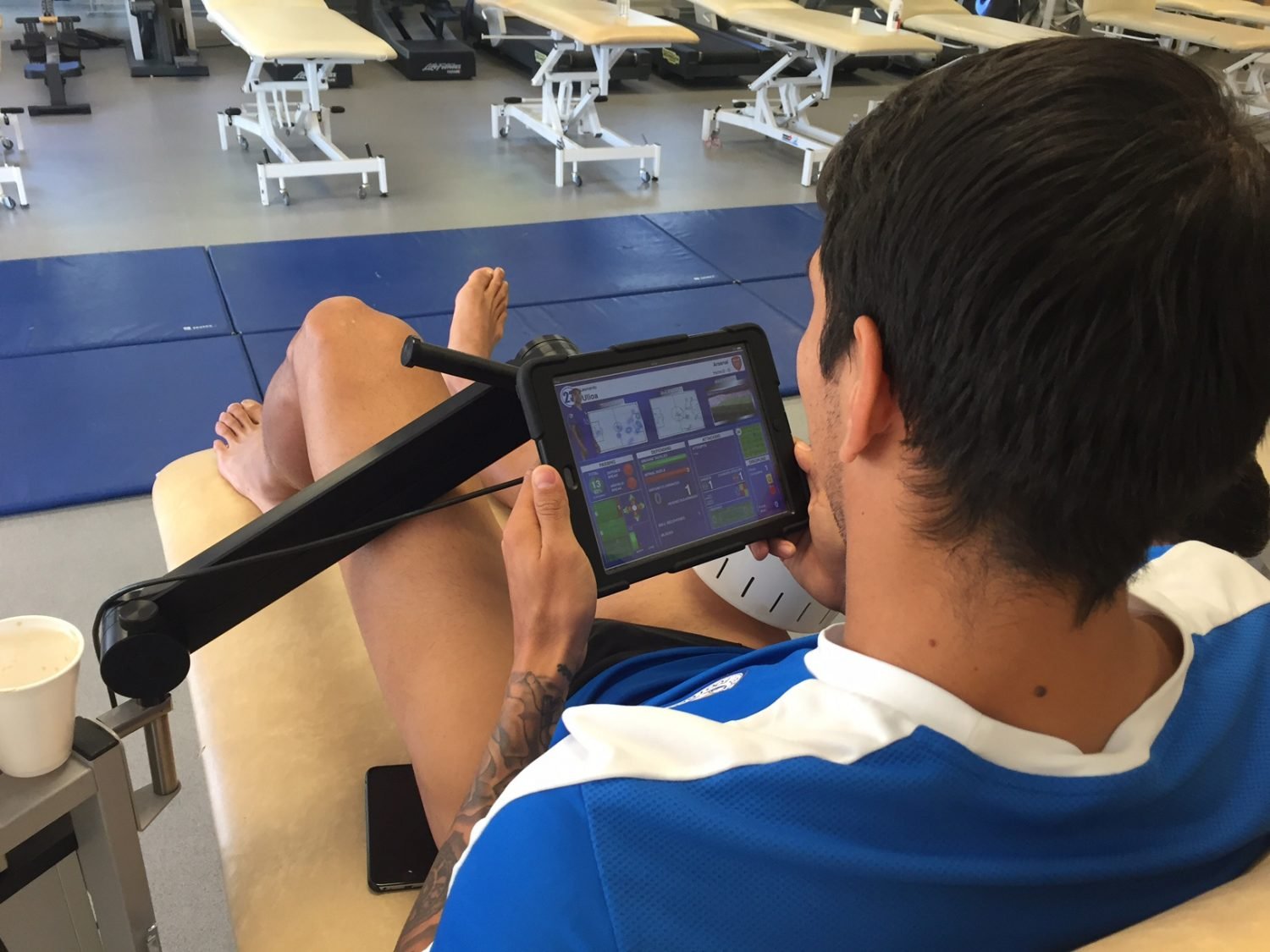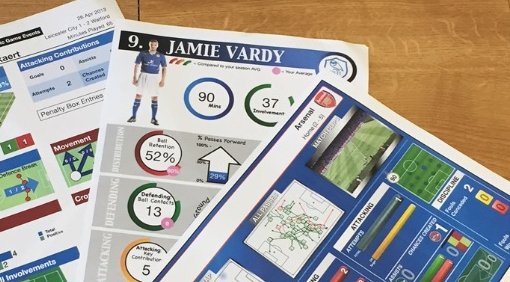Data Analysis at Leicester City
We frequently hear (often without evidence) that data analysis acts as the Christmas present nobody wanted; left alone and only brought out on occasions to show it is actually being used. Having seen and discussed much of the work prepared by both Pete and his colleague Andy Blake (senior first team analyst), we can safely say this is not the situation here.
The two performance analysts work together, with the match-day unsurprisingly acting as the nucleus for all working processes. Andy’s work will focus on the pre-game preparation, while Pete will manage the debrief and evaluation.
Within this article, I’ll outline and discuss the particular methods and processes used by Leicester’s analysis department. However, a common theme throughout both Andy and Pete’s work was the way in which they considered their audience.
In data-led analysis within football, there can be a difficult balance to strike in generating a sophisticated piece of analysis and condensing it into something that appears, to the audience at least, as if it is simpler than it actually is. This is something also touched on recently by Rory Smith in a recent ESPNFC article. Striking that balance and acknowledgement is by no means black and white.
Pete was keen to emphasise how the audience plays a role in his and Andy’s work.
“The coaches, along with the players, are our primary audiences, so sharing an office with them makes a huge difference. It means with just the turn of a shoulder we can discuss ideas and talk things through. And it’s the same with the recruitment team.
“We know that different players learn in different ways, so the reports try to cater for that. Over the past three seasons, we have increased the emphasis of the players’ learning through their interaction with our iPad content. Both our pre and post match interactive reports that combine statistics, subjective comments and match footage have proved particularly popular.”

Acknowledging their audiences are perhaps less ‘data literate’ than them, the plethora of reports that Pete and Andy produce condense information on the next or previous match, outlining key statistics and patterns at team, unit and individual level. This top-level information, despite including a range of engaging visualisations, charts, key bullets and videos, will not look to integrate some of the more advanced metrics that have become commonplace in analytical networks outside of professional clubs.
Perhaps this is a result of the fast-paced nature of professional football, and that an education process around the values of these metrics is something that can take a back seat during the season, especially for a club that is still consolidating its place in the Premier League.
The working week
In order to gain a truer understanding of the processes specific to Leicester City and the challenges Pete and Andy face, Pete outlined the working week in the lead up to a match.
Andy will watch the opposition’s last three matches, followed by producing an interactive report uploaded to iBooks (integrating data, subjective reports and video) fed to the manager and coaches that includes a team overview, current form, potential line-ups and reports on playing style and tactics. Getting the report to the coaches as early as possible will help influence training for the week, reinforcing the importance of analysis being produced in a form that can be digested by the coaching staff.
“Within his reports, Andy will break the opposition’s style down into four game moments: how they build up with the ball, what they are like in transition, their defensive organisation and set pieces.”
Why are these particular elements chosen?
“Pressing is an important part of how we play, so analysing how our opponent looks to build up and the moments pressing will have the most impact is important. It is then also important we look at how the opposition will act in transition, this being particularly important with one of our key strengths being our threat from counter attacks. Set pieces, we know how dangerous these can be, and it’s just another area that we can prepare for on the training ground.”
With every session filmed, aspects of training, along with match footage, are embedded into reports and presentations. The easy access to video means players can review final details right up until the last minute.
“With the training ground camera system we have in place, we can include examples from sessions as well as previous games, just to make things not too heavily focused on the opposition. They’ll identify well with themselves doing it so we try to support that.
“The manager also now takes it upon himself to watch opposition games and will identify aspects for us to explore further. He’ll come to us to look deeper into certain things like which of the full-backs cross more, which central midfielder is the more dangerous passer and so on.
“He’ll also request reports on previous fixtures against the same opposition, and these can act as a reminder of key incidents, and what we did particularly well or where we can improve.”
Working with a tactical analyst, Andy will present the report to the coaching staff at the beginning of week, with the manager presenting a more specific presentation to the playing squad on the Friday before a game before a more condensed reinforcement on the Saturday morning.
Live match analysis
Home matches unsurprisingly offer Leicester more control in terms of what they can access. At the King Power, not only do the analysts have a connected desk in view of the pitch, but last year they built a specialist analysis room (followers of Pete’s Twitter account may already be familiar with this) directly connected to the changing room, allowing the team to access data from the Pro Portal at half-time.
Using data in a live environment of course brings challenges; there is only 15 minutes for everything (including rest, stretching, hydration, etc) to happen. How does the analysis team know where to begin in identifying their key input to the manager?
“There’ll be three ways to how we’d operate in terms of live analysis. There’s no point bombarding the manager with too much information here, we’ll pinpoint raised items – either something the guys in the dugout have flagged, anything picked up by the coaches who are in the stands and we’ll also be looking through ourselves, identifying anything of note.
“We can pick out key points, if a player is losing individual battles and aerial duels we can help provide the evidence for the manager. Or if the opposition’s chances are being created from similar situations, we can help bring that to the manager’s attention as well.”


